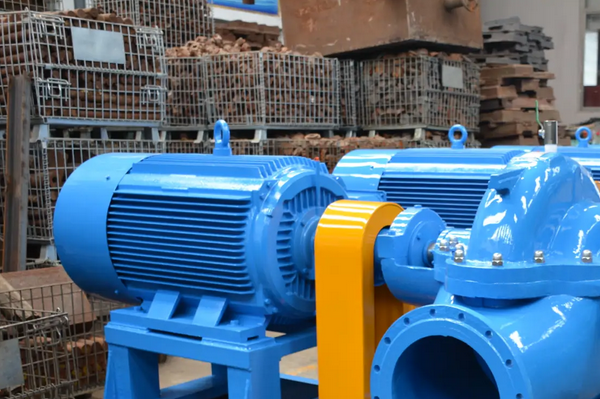Precautions for selecting motors for pumps
When choosing a motor for a pump, you need to consider multiple factors to ensure efficient, stable and economical operation of the pump system. Here are some of the main considerations:
1. Motor type selection
AC motor vs. DC motor: AC motors mainly include asynchronous motors and synchronous motors, which are suitable for most pump systems. DC motors are divided into brushed motors and brushless motors, and the selection should be based on the specific application scenario and control complexity.
Single-phase motor vs. three-phase motor: Three-phase motors are more commonly used in industrial production due to their high efficiency, high torque, and low starting current. Single-phase motors are suitable for small households or occasions with a voltage of 220V.
2. Motor power matching
Determined according to the pump requirements: The power of the motor needs to be determined according to the flow and head of the pump, and should usually be slightly greater than the rated power of the pump to ensure that the pump can operate stably under various working conditions.
Avoid blindly seeking large motors: Selecting an oversized motor will not only increase costs, but may also lead to energy waste and reduced equipment efficiency.
3. Matching motor performance with load characteristics
Speed matching: The motor speed should match the designed load characteristics of the water pump to ensure that the motor output is compatible with the pump requirements.
Efficiency considerations: Choosing a high-efficiency motor can reduce energy consumption and improve the overall efficiency of the system.

4. Power supply and voltage
Power supply system matching: Ensure that the motor's operating frequency matches the power supply system (usually 50Hz or 60Hz).
Voltage selection: Select the appropriate motor voltage, such as 380V or 220V, according to the voltage requirements of the pump system.
5. Environmental factors
Protection level: Select the appropriate motor protection level according to the working environment of the pump to prevent the motor from moisture, dust or explosion.
Material considerations: In applications operating in corrosive or extreme environments, the material selection of the motor needs to be considered.
6. Installation and maintenance
Ease of installation: Choosing a motor that is easy to install can reduce installation costs and time.
Maintenance cost: Consider the later maintenance cost of the motor, including maintenance cycle, replacement of wearing parts, etc.
7. Other considerations
Noise level: Choose a low-noise motor as much as possible to reduce the impact on the environment.
Cooling system: Make sure the motor cooling method is compatible with the pump model and installation method to extend the motor life.




